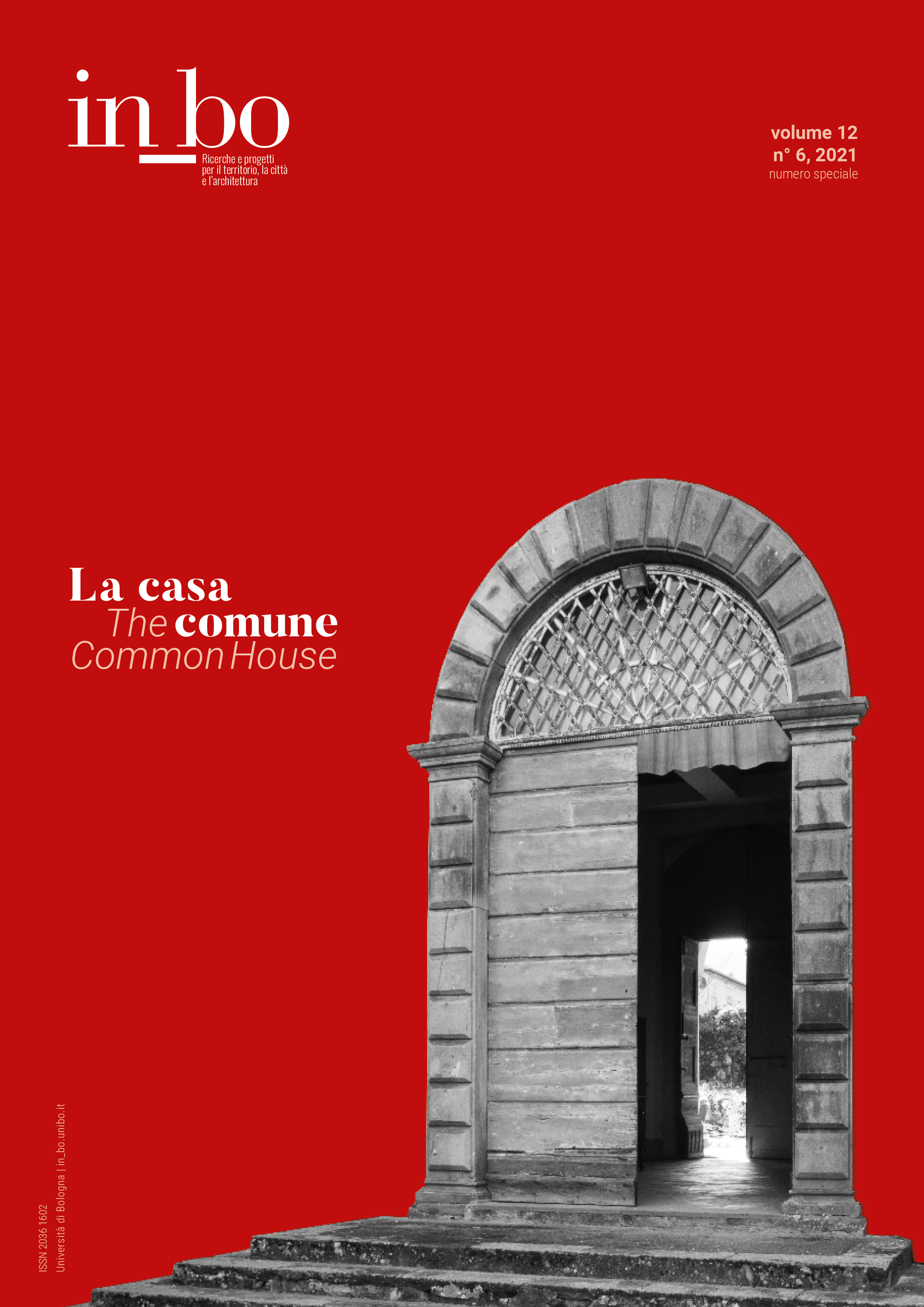The City and Its Memory: Restoring the Former Salesian Complex in Faenza
DOI:
https://doi.org/10.6092/issn.2036-1602/11197Keywords:
refurbishment, memory, social capital, collective heritage, lo-fi design approachAbstract
The former Salesian Complex in Faenza has been developed since the second half of the nineteenth century, growing up to include a whole urban block next to the southern city walls, which used to be empty in times, serving as a vegetable garden. The area constitutes nowadays probably the largest urban section of the historical centre being managed by a single authority. This place represents a singular resource for the city: for its extension, but especially for its role in promoting youth and citizenship, slightly becoming a veritable lieu de mémoire in Faenza contemporary history. As an evidence of that, when the Ispettoria Salesiana decided to close the boarding school and to sell the whole property to private investors, a large part of city stakeholders and common people mobilized, asking the municipality to purchase it and to restore the area. A challenging undertaking, if we consider the recession period, the weakness of public financial resources and a strong need not to give up the unity of the place, as well as its value for urban memory and civic education. The present essay aims to describe the circumstances and the approach that led to the completion of this effort, building on three main principles: the recognition of the potential of places, the development of a wide engaging system, and finally an interpretation of the design process as a global and open strategy.
Downloads
Published
How to Cite
Issue
Section
License
Copyright (c) 2021 Andrea Luccaroni

This work is licensed under a Creative Commons Attribution-NonCommercial 3.0 Unported License.





